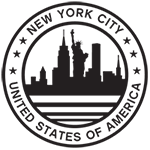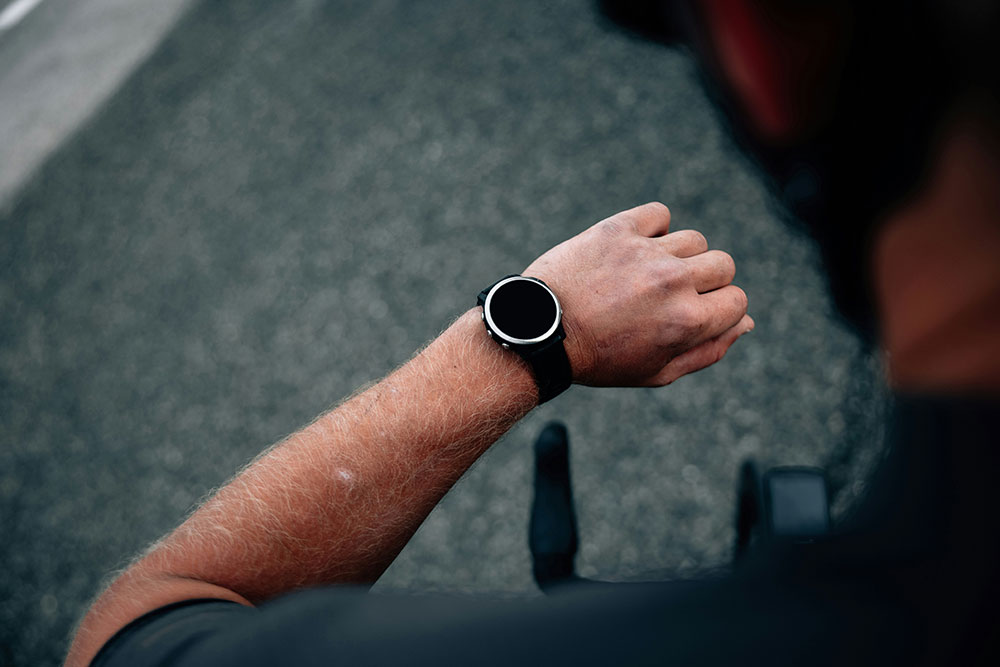When engineers talk about career trajectories, they often describe them as ladders. For Sze Hou Loh, the better metaphor might be a circuit — looping through disciplines, reconnecting ideas, and charging forward with each new challenge.
Loh, now a Product Design Engineer at Google, didn’t set out to work on the Pixel Watch line or to help design the kinds of compact, high-precision mechanical systems that end up on millions of wrists. His career began in a very different world — inside the testing labs of Tesla, where he validated the company’s 4680 battery cells. Those early experiments with lithium, cathodes, and failure points taught him not just how to test performance, but how to think in systems.
“Tesla was an introduction to how messy innovation can be,” Loh says. “You’re constantly working with partial information, chasing better efficiency, and learning from what breaks.”
That appetite for building things that work — and for understanding why they work — became a through-line in his career. After earning his degree in Mechanical Engineering from Georgia Tech, Loh moved to Enphase Energy, a solar and energy-storage company developing the Powerpack 1500. There, he worked on the product’s enclosure and battery design — the physical shell that would later earn a design patent in Australia and New Zealand.
By the time he joined Google, Loh had already crossed industries that rarely intersect: energy storage, sustainability, and now consumer technology. It was an unconventional path, but one that mirrored the way modern engineering is evolving — less about narrow specialization and more about adaptability across disciplines.
At Google, Loh’s work on the Pixel Watch 4 reflects that philosophy. The challenge isn’t just designing something sleek or functional; it’s designing a product that can survive drops, sweat, temperature shifts, and global mass production — all while meeting consumer expectations shaped by fashion as much as technology. “In product design, you’re balancing performance and emotion,” he says. “People need to trust that what you build won’t fail, but they also have to want to wear it.”
The smartwatch industry is a microcosm of how complex product design has become. Miniaturization, battery longevity, and sustainability now sit alongside traditional mechanical considerations. Engineers like Loh work at the intersection of all three — drawing on materials science to reduce environmental impact, mechanical precision to ensure durability, and aesthetics to meet consumer demand.
Loh’s story underscores a quiet transformation in how hardware is made. The best engineers today aren’t just optimizing parts — they’re shaping experiences. “Being able to learn quickly, adapt, and see a project all the way from concept to production,” he says, “is what keeps me excited about this field.”
In an era when tech headlines often focus on software and AI, Loh represents the other half of innovation: the tangible, engineered world that turns ideas into objects. From battery packs to smartwatches, his career traces the literal and figurative wiring of how modern products come to life — and how curiosity, once again, proves to be the most powerful energy source of all.






